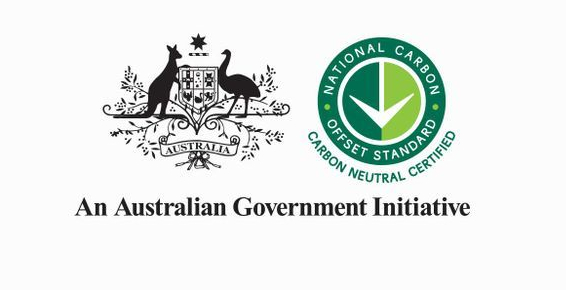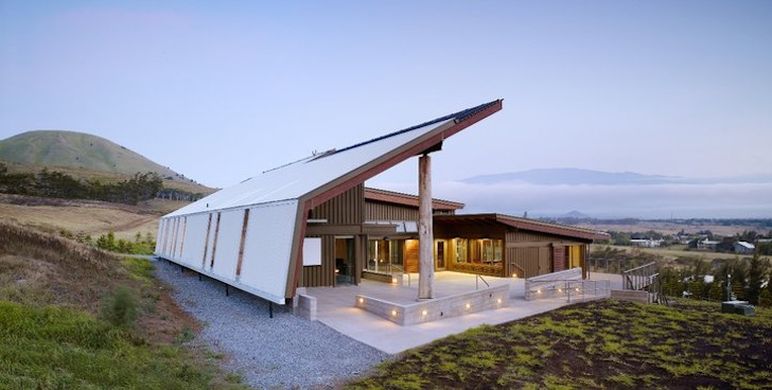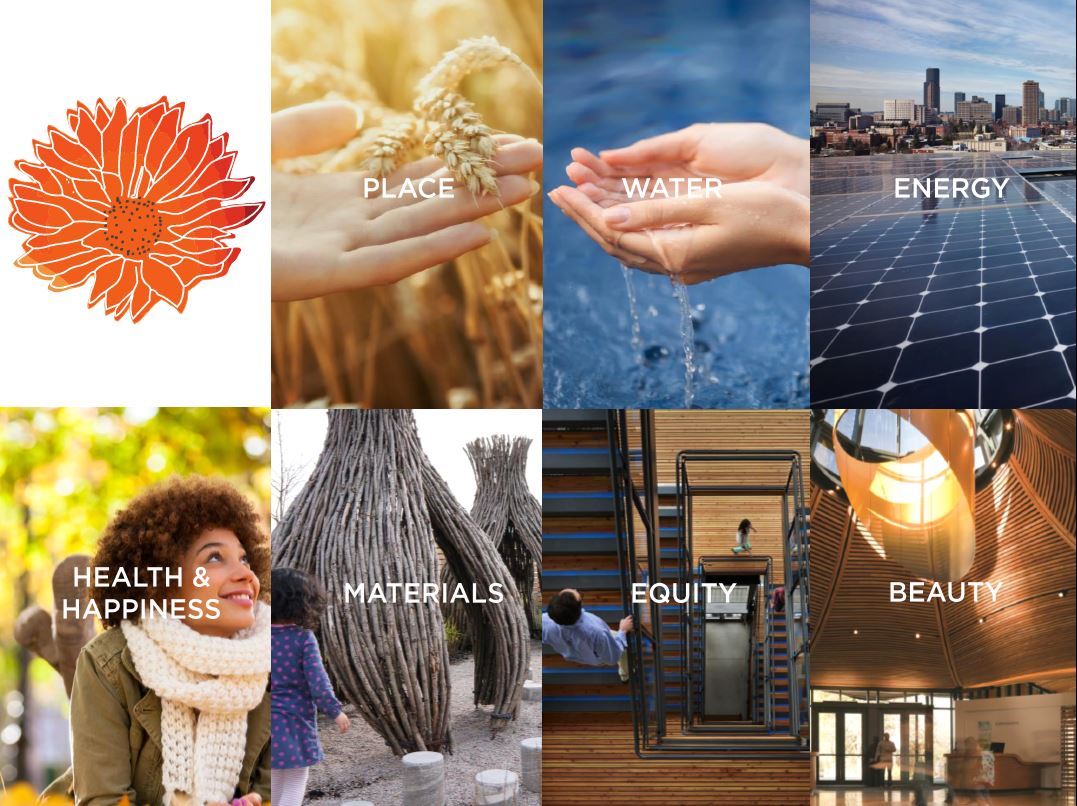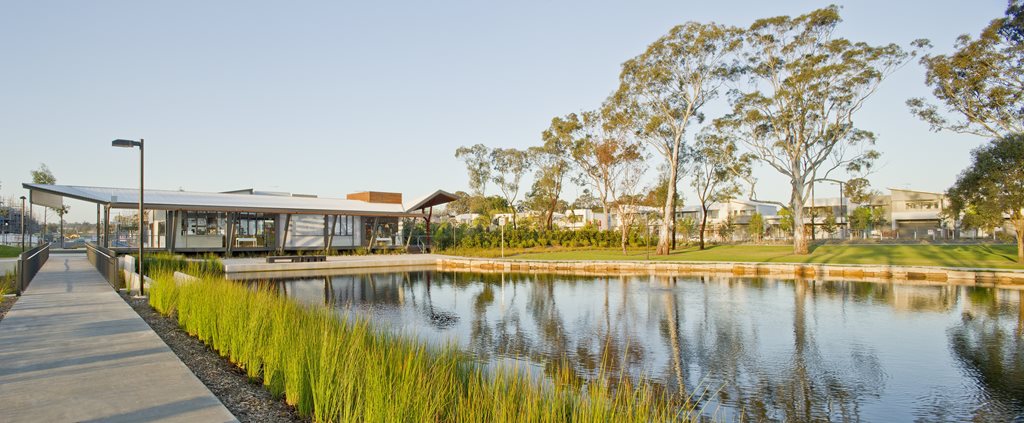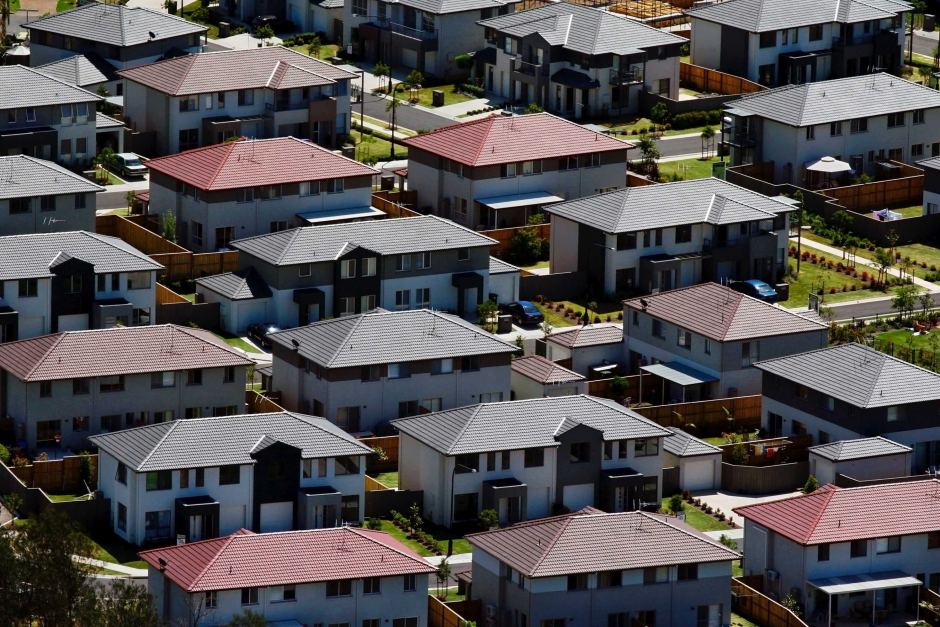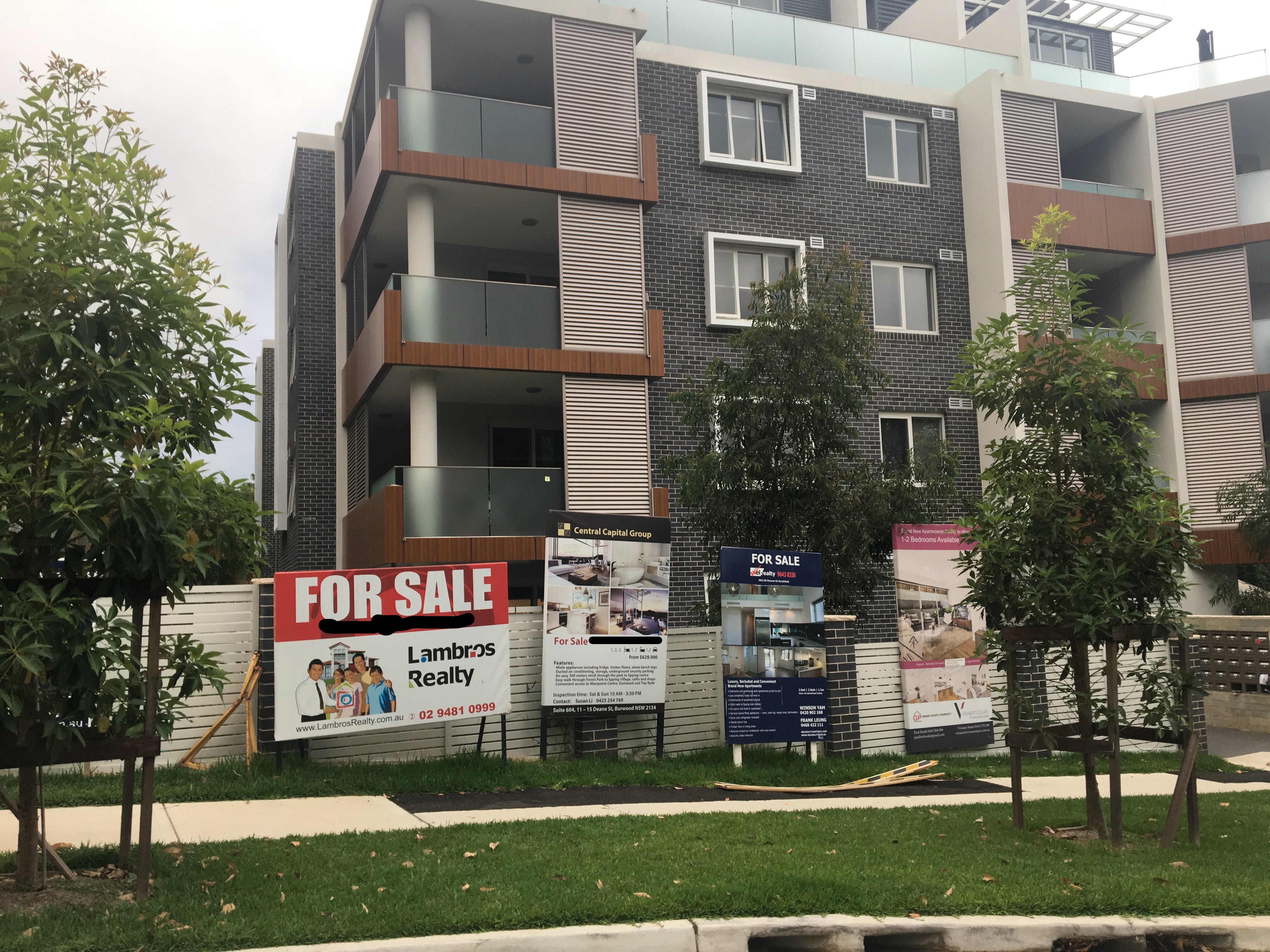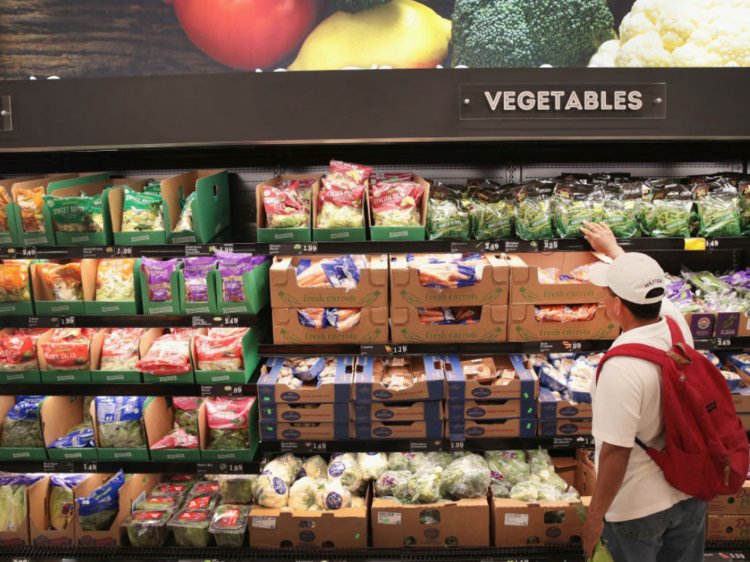
Image credit: Yann Arthus-Bertrand
My grandparents moved to Sydney’s North West because they wanted to farm and the particular rural lifestyle that goes with it. Over the last few years, there has been a massive shift in the area, with 5 acre lots turned into 300 m2 blocks. People still have a dream to live in a massive house with a backyard, but this dream has become unaffordable for many, and so they are creating demand in the suburbs of Western Sydney.
What this has essentially created is a suburban desert. Rather than a more affordable home, some sprawling, unconsidered developments are locking people into a less affordable lifestyle. There are no jobs nearby, so families need two cars to complete the hour long journey to work. There are no parks or shops to walk to, but even if you could, there is no protection from the sun on your walk, meaning people are feeling less healthy and more isolated. The homogeny of these developments means that people won’t be able to grow old in the same community they lived in, as there are no options to downsize.
The future that I’d like to see – density done well
Development that considers the local context, provides a diversity of offerings, is of a high quality, and with increased access to quality parks can be the future.
We know our population is growing, and we will need to build more homes. But rather than sprawling, disconnected spaces, imagine a future of medium density, quality communities where you can walk to most of the things you need. This model allows you to:
- Have the space you need to kick a ball or walk the dog
- Have a diversity of building types and sizes within a smaller area, meaning you can grow old surrounded by the same community
- Walk to the shops or Saturday soccer, rather than having to jump in the car, and doing so on cooler, tree-lined streets
- Going up, rather than out allows for better public transport services
- With the right type of mixed use, work within your local community
There is certainly a place for suburbs, and I’ve seen them done really well. This is my vision for the future, because it means we can live in connected, healthy communities and not be disadvantaged when it comes to getting to work and education. Density doesn’t necessarily mean high-rise apartments, although every building typology has a place somewhere, but may be terraced houses as an example, each within walking distance to the amenities they need.
Let’s just do it
I know what it’s like to live in an area that isn’t connected and the impact that can have on everyday life. I also know what good development looks like, and how it can enable people to lead healthier, happier, more connected lives. Connection is both literally through digital and transport infrastructure and employment opportunities, as well as a feeling of being part of a community, which is incredibly important for mental health.
Those who say density is a dirty word are those who have had the privilege of living on a large block close to the city. When density is done well, it can build communities, enable people close access to work and all the recreation they desire. It also creates more space for parks, nature and to grow our food locally. Stop saying density is a dirty word and start thinking about smarter ways to deliver good outcomes for the residents who will inevitably live there.





